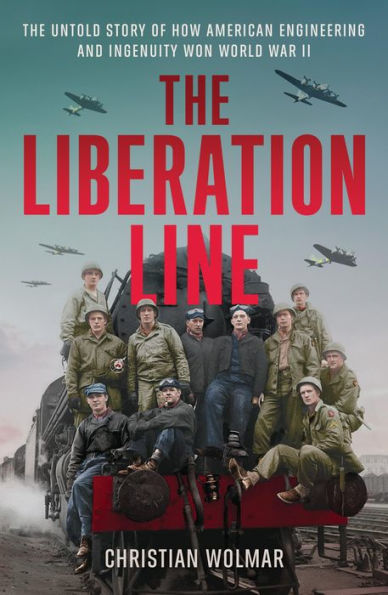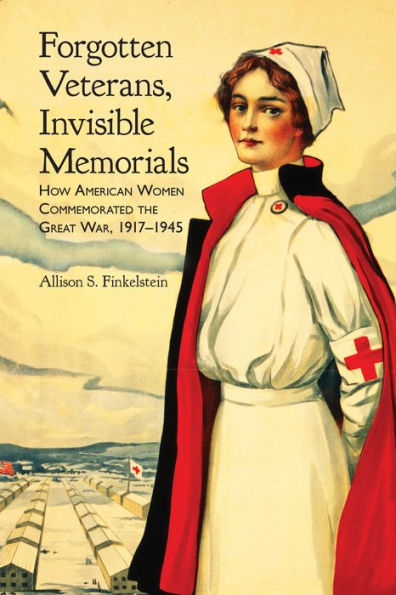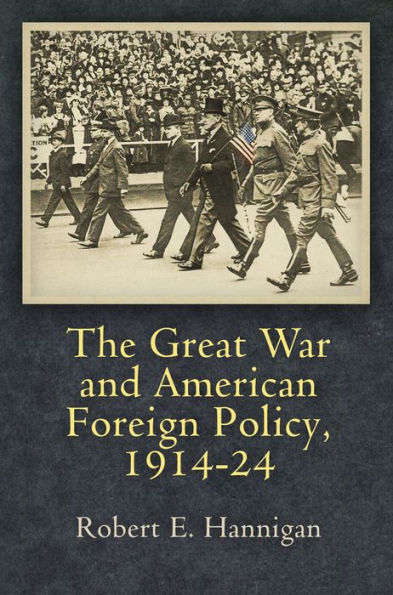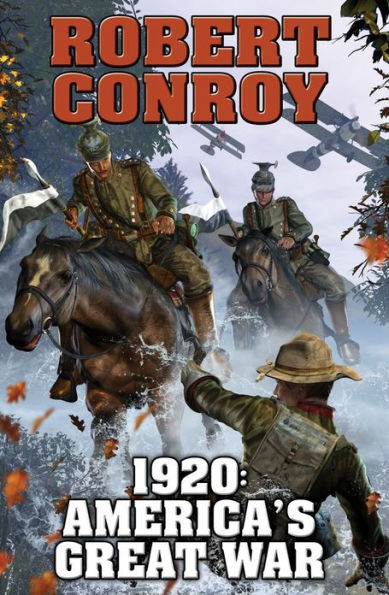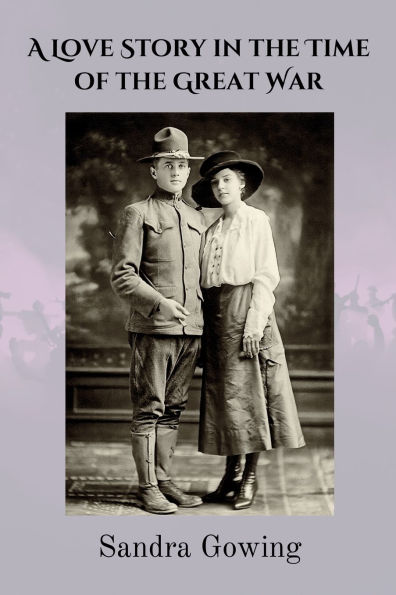Home
Ploughed by the Exploding Shells: The Story of How American Policy on High Explosive Ordnance Shaped the Great War
Barnes and Noble
Loading Inventory...
Ploughed by the Exploding Shells: The Story of How American Policy on High Explosive Ordnance Shaped the Great War in Bloomington, MN
Current price: $16.50

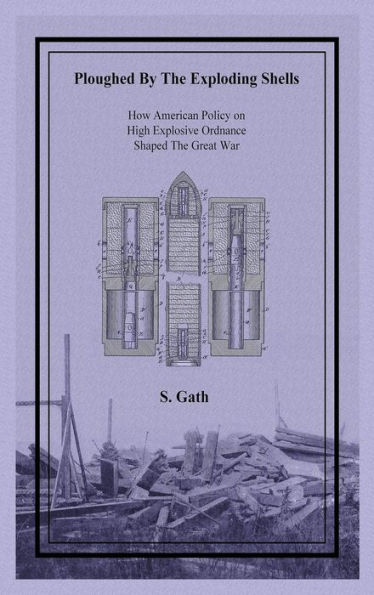
Ploughed by the Exploding Shells: The Story of How American Policy on High Explosive Ordnance Shaped the Great War in Bloomington, MN
Current price: $16.50
Loading Inventory...
Size: OS
July 1914. Worried nations started to mobilize their armies for war. Knowing a multi-front war against several countries simultaneously was likely, the Germans had but one plan. The Schlieffen Plan, which called for listing all of the country's likely foes by the time it would take them to mobilize for war so that they can each be defeated one at a time individually instead of facing a large, possibly unbeatable coalition force. There was but a small window within which the German military might stand a chance, and it relied upon an assortment of secret weapons that they believed had given them first strike capability against Western Europe. This technology was high explosive ordnance. The technology had been developed openly in the United States over a period of twenty-five years. The American government concluded in 1901 that the technology had no merit and disregarded it. The rest of the world simply believed them. In 1904, the Japanese revived the idea after blowing up their own guns in the Battle of Round Island. The Japanese had no choice but to give high explosive torpedo shells a try. In the Battle of Tsushima these shells completely annihilated the Russian Navy in one of the most decisive naval battles in history. The Germans quickly noticed the significance of what had happened even as the rest of the world seemed not to have.
August 1914. A new generation of heavy-artillery quickly cleared the path through Belgium starting at Liege. Fortifications expected to take months to fall, fell in hours. Slowly the world learned that it was based off of an American invention that the Americans had claimed had no merit. The United States military continued to debate the merits of this technology while not planing to use it. After the war, a man named General "Billy" Mitchell expanded upon this controversy by hoping to do for the air what the Japanese had done by ships, and the Germans had done by artillery. This set the stage for what would become the USAF.
August 1914. A new generation of heavy-artillery quickly cleared the path through Belgium starting at Liege. Fortifications expected to take months to fall, fell in hours. Slowly the world learned that it was based off of an American invention that the Americans had claimed had no merit. The United States military continued to debate the merits of this technology while not planing to use it. After the war, a man named General "Billy" Mitchell expanded upon this controversy by hoping to do for the air what the Japanese had done by ships, and the Germans had done by artillery. This set the stage for what would become the USAF.
July 1914. Worried nations started to mobilize their armies for war. Knowing a multi-front war against several countries simultaneously was likely, the Germans had but one plan. The Schlieffen Plan, which called for listing all of the country's likely foes by the time it would take them to mobilize for war so that they can each be defeated one at a time individually instead of facing a large, possibly unbeatable coalition force. There was but a small window within which the German military might stand a chance, and it relied upon an assortment of secret weapons that they believed had given them first strike capability against Western Europe. This technology was high explosive ordnance. The technology had been developed openly in the United States over a period of twenty-five years. The American government concluded in 1901 that the technology had no merit and disregarded it. The rest of the world simply believed them. In 1904, the Japanese revived the idea after blowing up their own guns in the Battle of Round Island. The Japanese had no choice but to give high explosive torpedo shells a try. In the Battle of Tsushima these shells completely annihilated the Russian Navy in one of the most decisive naval battles in history. The Germans quickly noticed the significance of what had happened even as the rest of the world seemed not to have.
August 1914. A new generation of heavy-artillery quickly cleared the path through Belgium starting at Liege. Fortifications expected to take months to fall, fell in hours. Slowly the world learned that it was based off of an American invention that the Americans had claimed had no merit. The United States military continued to debate the merits of this technology while not planing to use it. After the war, a man named General "Billy" Mitchell expanded upon this controversy by hoping to do for the air what the Japanese had done by ships, and the Germans had done by artillery. This set the stage for what would become the USAF.
August 1914. A new generation of heavy-artillery quickly cleared the path through Belgium starting at Liege. Fortifications expected to take months to fall, fell in hours. Slowly the world learned that it was based off of an American invention that the Americans had claimed had no merit. The United States military continued to debate the merits of this technology while not planing to use it. After the war, a man named General "Billy" Mitchell expanded upon this controversy by hoping to do for the air what the Japanese had done by ships, and the Germans had done by artillery. This set the stage for what would become the USAF.
